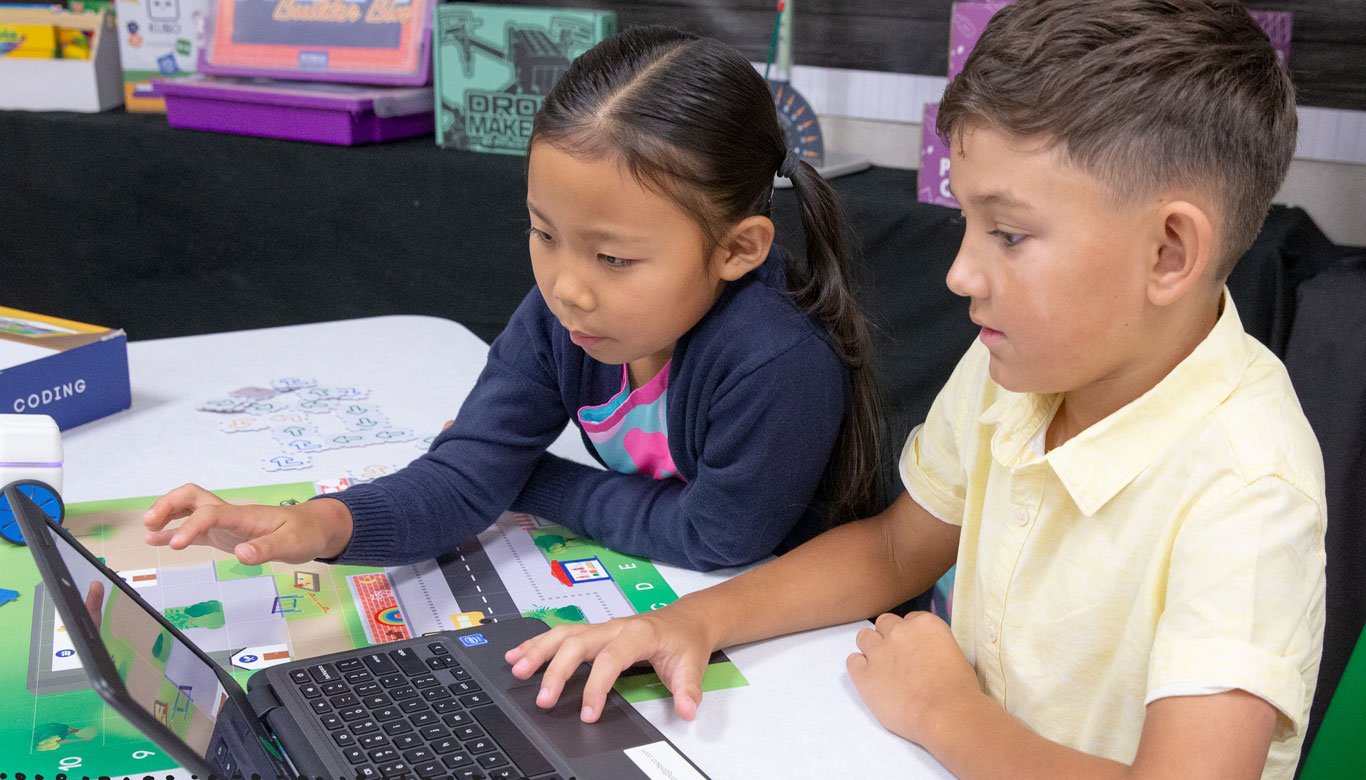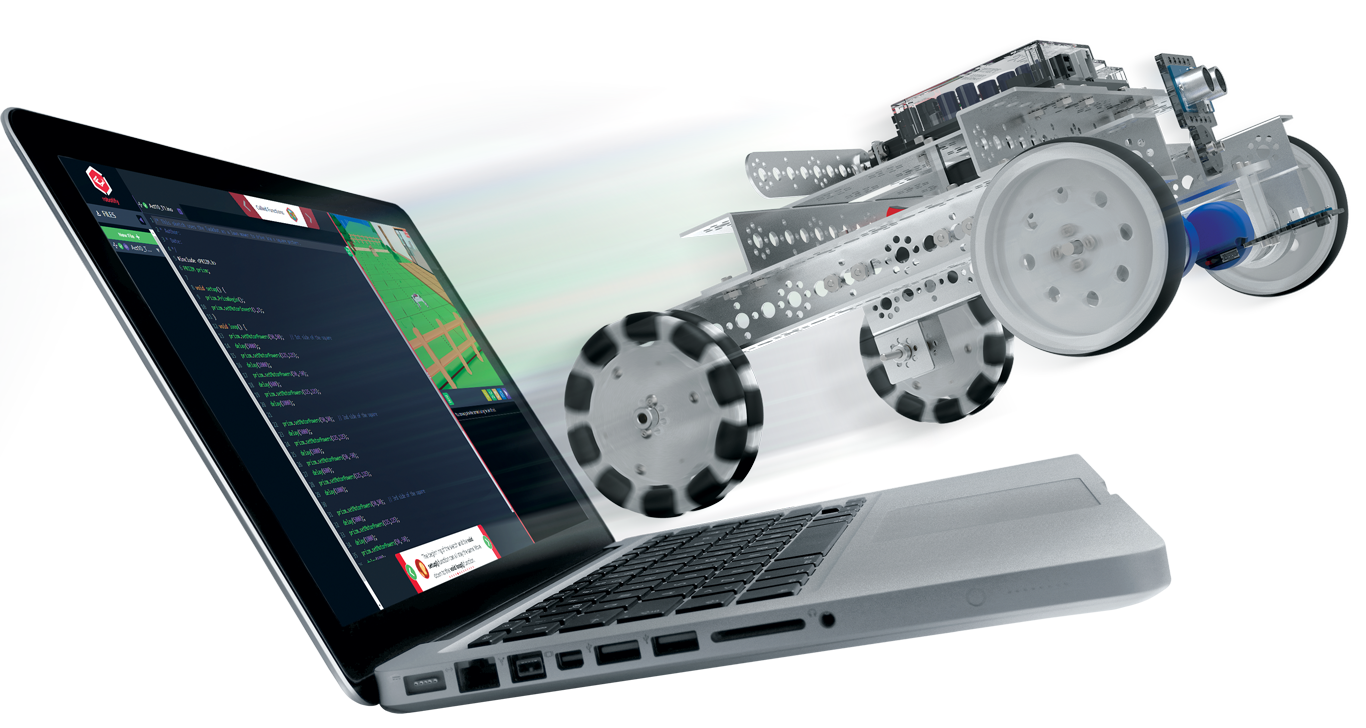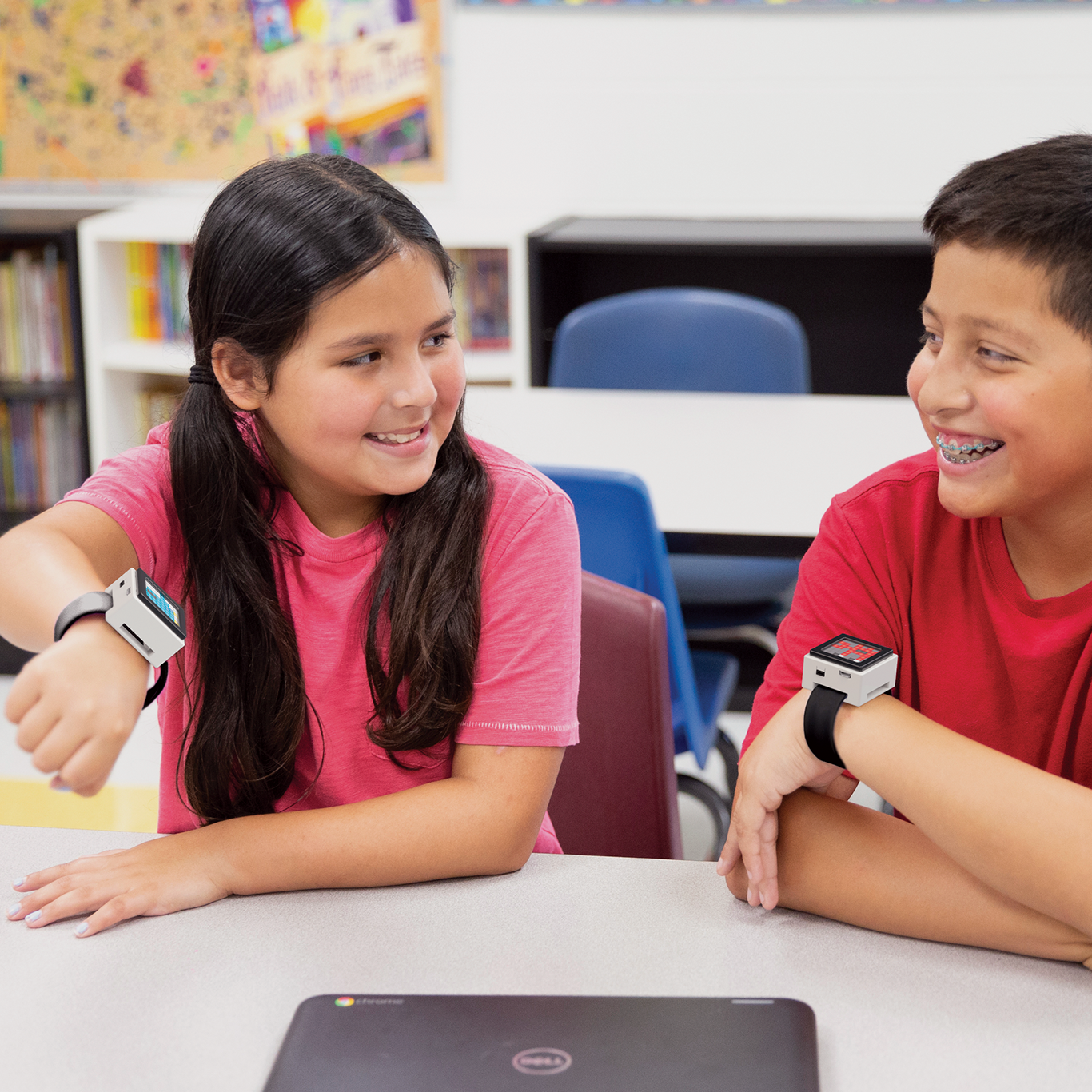Computer Science Education Week (CSEd Week) has arrived! Historically, this week is celebrated every December beginning in 2009. To celebrate, let’s dive into the world of computers, coding, and endless possibilities. After the first personal computer became available in 1973, the use of technology has grown and become an essential part of everyday life for many of us. So, let’s discuss how computer science has also developed to become a vital part of a student’s education and future career.
There’s a large, anticipated growth expected to occur in computer science careers – currently, 67 percent of new jobs in STEM are in computing. Because 58 percent of all tech jobs lie outside of the technology sector, there is an extensive list of career options for students who have computer science skills. This is a rapidly growing field with a bright future and a need for great minds. Ensuring students familiarity with a various tech forms can create opportunities for them in emerging career fields.

The rise of technology has transformed professions in remarkable ways. Consider cybersecurity, a role that has become a sought-after, well-paying position, as our world becomes more and more digital. Similarly, advances in technology have made buying online as easy as making a purchase in a brick-and-mortar store. Technologies such as tokens enable secure online payments, creating safer and more seamless interactions between businesses and their consumers. The recent introduction of generative artificial intelligence tools is sure to impact work in ways that can’t yet be predicted. These are just a few examples that highlight how computer science is reshaping careers as well as creating new opportunities and methodologies across sectors.
Because technology continues to transform the labor market, it’s essential that students are equipped with flexible skills that prepares them for roles that might not even exist today. Introducing students to computer science early in their learning careers enables them to begin developing these types of skills, such as critical thinking, creativity, problem-solving, and teamwork.

Students now have access to a whole world of tools at their fingertips. But they are still just that, students. They need to be guided and shown how technology can be used effectively and safely. And that’s where educators come in!
However, for many elementary school educators, computer science might not have been a topic of focus during their postsecondary education. Teachers who aren’t as familiar or comfortable with computer science can benefit from choosing solutions that include curriculum and resources. These types of solutions can help set educators up for success and remove barriers so they can provide an engaging experience in their classroom. But where to begin?
Here are some tips to help you effectively bring computer science into your classroom:
- Hands-on Learning – At Pitsco, we believe hands-on learning makes computer science learning more enjoyable and effective. Hands-on tools can help make abstract concepts concrete, helping students to better understand how to connect what they’re learning with how to apply it in the real world. Hands-on learning can also help reinforce the concepts students are learning. Additionally, solutions that include engineering aspects enable students to practice the engineering design process.

- Project-Based Learning – Project-based learning enables students to take an active role in their education, encourages collaboration with their peers, and creates connections to day-to-day life. When students can connect what they are learning to their own lives, they’ll be more engaged and information retention increases. Relevancy establishes engagement, which is why it is important to connect computer science lessons to real problems and careers through examples students are familiar with.
- Cross-Curricular Learning – Many schools and teachers are integrating computer science into core subjects such as English, math, science, and reading. Often, there’s not enough time in the schedule to dedicate lessons to computer science on its own, requiring some creativity for implementation. Coding solutions that also help students practice their English, reading, science, and math skills can make it easier to incorporate computer science learning into everyday classroom experiences.
- Collaboration – Computer science solutions that enable students to work together will help them develop skills such as communication, problem-solving, and teamwork. For example, encourage students to work in pairs or small groups; they can follow the instructions together on the same computer or tablet and take turns coding the robot or device. Students can practice their 21st-century skills by working as a team to discuss the problems at hand, make decisions, and create solutions.

- Assessment – In computer science, there is often more than one right answer. Successful students will not only understand how to follow coding directions but also how to apply their knowledge to create their own programs. One way that educators can ensure comprehension is by providing students with open-ended activities or challenges with set parameters. Teachers can also align assessments with the skills students are practicing. For example, developing a rubric that assesses students’ processes including how they identified the problem, the steps they took to solve the problem, any necessary iteration, and how well they worked with others.
As we conclude this journey through the vast landscape of computer science, rest assured that providing an enjoyable and engaging classroom experience is well within reach for all educators. By giving students the opportunity to work with hands-on tools as they practice computer science and 21st-century skills, schools can set up learners to succeed in the careers of tomorrow. With the right guidance, computer science will become more than a subject for students; it’ll be a way of navigating a world of infinite possibilities!
MORE RESOURCES:
TOPICS: IN THE CLASSROOM, Middle School, Elementary School, ROBOTICS, Technology, Careers, Coding, 21st Century Skills, Hands-on Learning, Early Childhood



